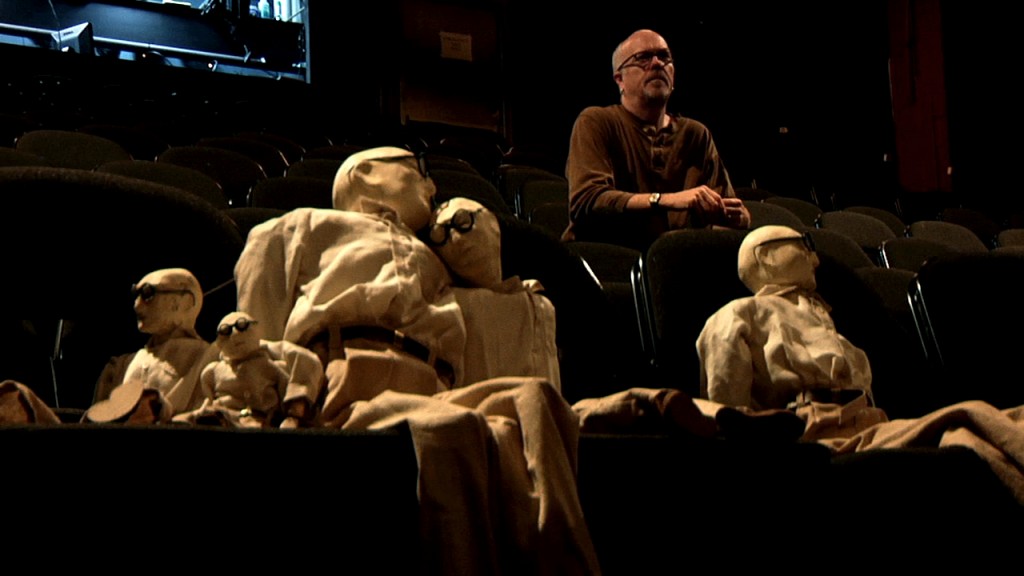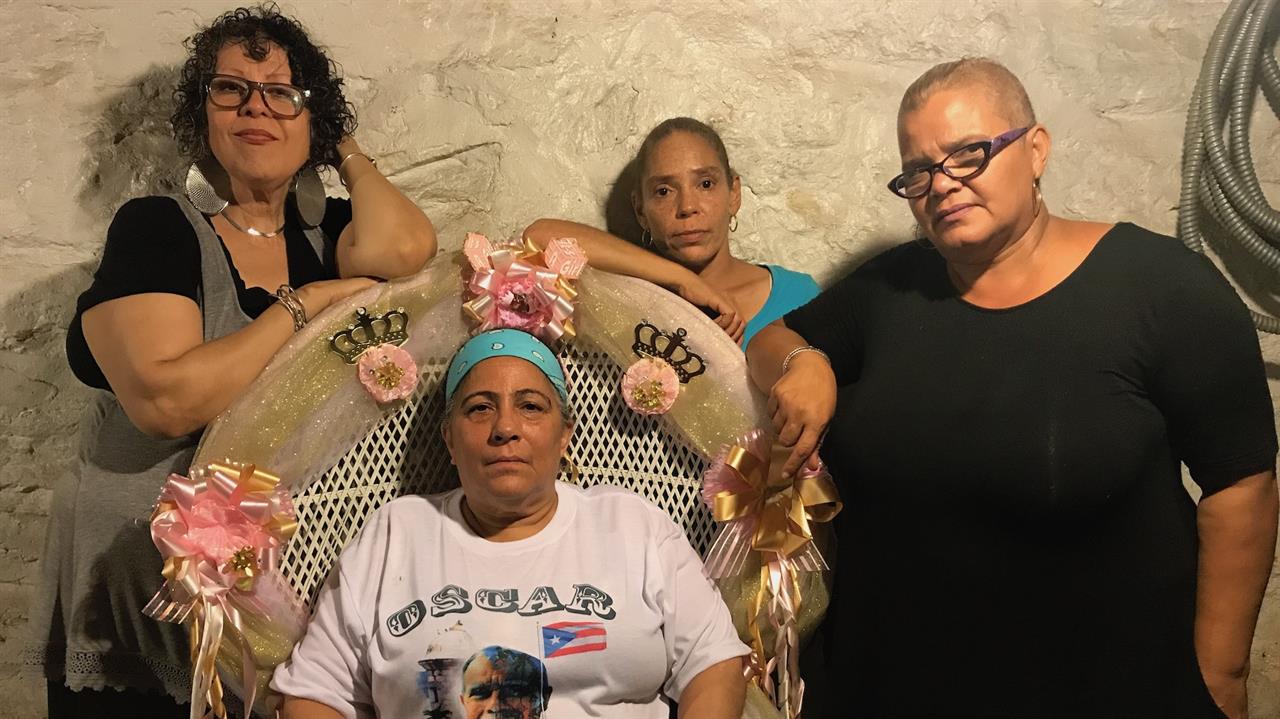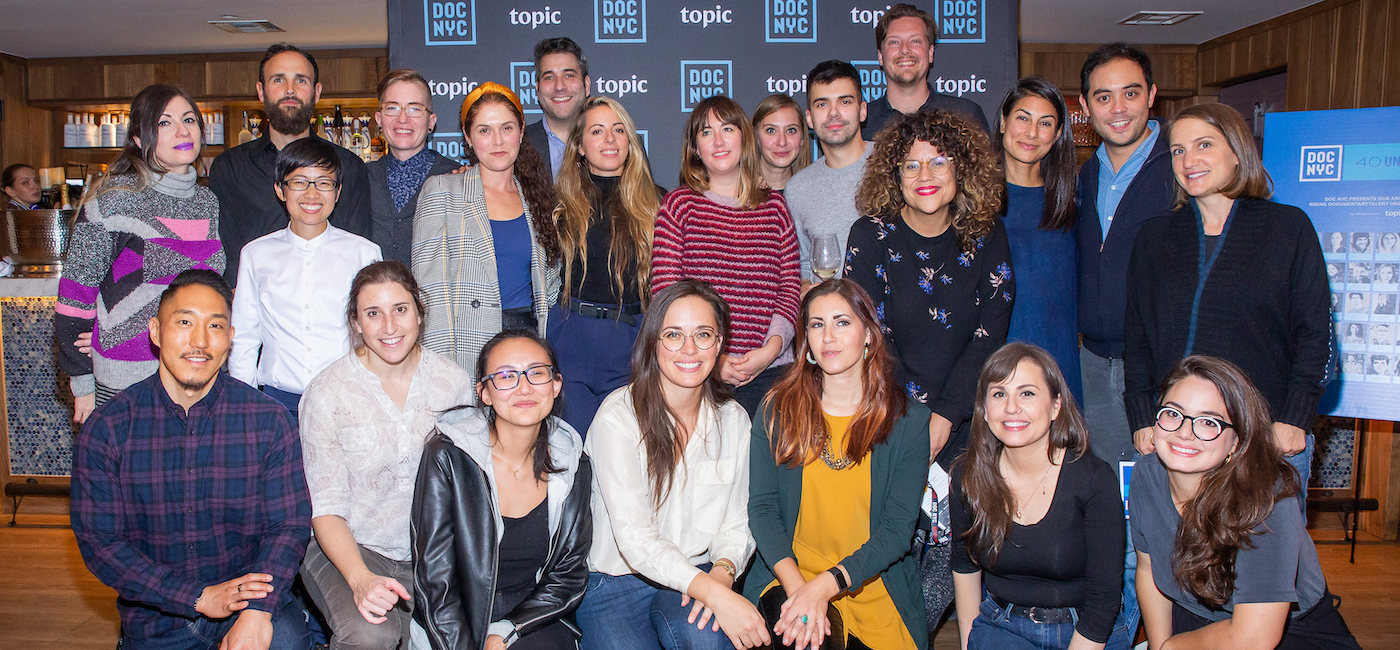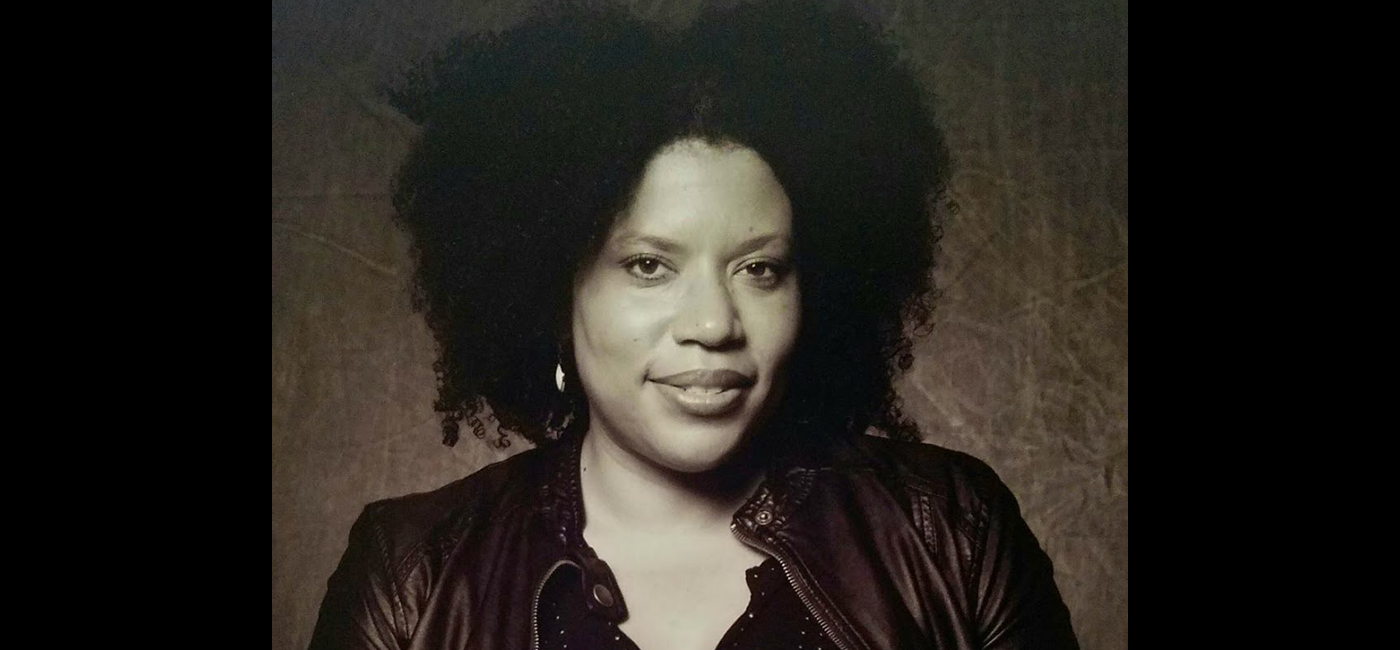Art Imitating Life: DOC NYC Talks With Puppet's David Soll

I’ll admit it: I sometimes have trouble owning up to my fondness for puppetry. In the public eye, Americans of The Muppet Show generation are most likely to embrace the form ironically, or else view it through a heavy haze of nostalgia. But puppetry’s status as the province of kindergartners is something that is uniquely–and strangely–American. Puppetry has a long history of being enjoyed by adults as both art and entertainment around the world, from Western Europe, where marionette buskers work Barcelona’s La Rambla pedestrian arcade, to Japan, where the centuries-old practice of bunraku is funded by the government.
In the film Puppet, director David Soll examines the reemergence of the art form in the U.S. through the show Disfarmer by writer, director and puppeteer Dan Hurlin. For two years, Soll followed Disfarmer, a play based on the life of an eccentric portrait photographer living in rural Arkansas whose work was discovered posthumously. In that time he documented Hurlin’s struggle to recover from a blistering review in the New York Times that was largely responsible for the premature demise of his previous production. He recently sat down with DOC NYC to talk about Puppet.
DOC NYC: How did you find this story?
Soll: I saw a puppet show when I had just moved to New York City, in Febraury of 2004. I read an article in the Times that was a preview of [Hurlin’s] “Hiroshima Maiden,” which was a modern puppet show at St. Ann’s Warehouse, done in bunraku style, which is a very traditional Japanese form in which three puppeteers dressed in black operate with their hands directly on the puppet. The story of the show was incredible. It was about four women who had been maimed in the bombing of Hiroshima and were brought to New York to undergo reconstructive surgery. While they were here, they were brought face-to-face with the pilot of the Enola Gay on the television program “This is Your Life.” I’d never thought about puppetry as something that could be done for adults, or that could be done with a modern aesthetic. “Hiroshima Maiden” was really dry and taciturn and austere, and it just blew me away. I met Dan Hurlin a couple of years later, just by chance, and I told him how much I liked his show. He started telling me about his new show, which was about this Depression-era photographer named Mike Disfarmer. It became clear pretty quickly that there was an interesting film to be made about this artist recovering from having his show kind of disappear, making a show about an artist who very nearly disappeared himself, in a form that has been at the edge of disappearing probably for 200 years in America.
DOC NYC: So did you just become increasingly interested in the history of puppetry in America as you spent more time with Dan?
Soll: I’d say it was the other way around. I was originally thinking of the movie as more of a conventional, talking heads-driven documentary. It was going to be about these theoretical, historical questions exploring why puppetry was marginalized as children’s theater in America, and why has it suddenly reemerged. I was going to use Dan’s show and Dan’s story as inventive b-roll to put a face on these theoretical questions. And then as I was shooting, it sort of turned, and the emphasis became much heavier on the triumvirate of Dan, Disfarmer and puppetry in general, with Dan and his show really at the core of that triad.
DOC NYC: Dan has a moment in the film where he realizes that some of his personal fears about disappearance and solitude–mirroring experiences of Disfarmer–are being expressed in his work. Was that something that you were immediately aware of and that interested you in the piece?
Soll: No, I think it became clear to me as it was becoming clear to Dan. That’s sort of when I started to feel like this story of Dan making this particular show was interesting and compelling enough to make a film. It was when I started to see the overlaps–not just between Dan and Disfarmer–but between Dan, Disfarmer and puppetry as a form, all three of which are operating on the edge of either emerging, or completely disappearing. Dan Hurlin has a really strong career at this point, but not one that cannot be completely destroyed by a bad review in the Times. He could work on this show for four years and still just have it completely lost to the public because someone doesn’t like it. Disfarmer very nearly disappeared from history–his life disappeared even though his work survived by chance.
DOC NYC: Is puppetry an art form that still operates largely at the margins of culture?
Soll: In my mind, it’s clearly growing. I’m not sure if it’s peaked, or is about to decline, but it’s definitely been on the upswing for a while. You see it showing up at Lincoln Center, at the Metropolitan Opera, on Broadway. We followed a small, downtown show that, in the course of its life, even if it’s a wild success, will only be seen by a few thousand people at best. So this is in itself clearly not indicative of a social trend. But it is, if one looks at the broader landscape, part of a social trend. I’m personally of the opinion that something in the culture was asking for modes of representation that were less realist, that were more clearly symbolic, that invite the kind of projection that realist, naturalist acting tends to suppress a little bit. It’s a really coloful, really vivid form that demands imagination on the part of the viewer. I feel that no matter how far we get from certain modes of social structures, there’s a cycle back. They key into something fundamental, and when people feel unmoored they start to reach back.
–Rahul Chadha
See Puppet at DOC NYC:
4:30 PM, Sat. Nov. 6, 2010 – NYU’s Kimmel Ctr. 4th Floor (Eisner Auditorium)
5:45 PM, Tue. Nov. 9, 2010 – IFC Center





